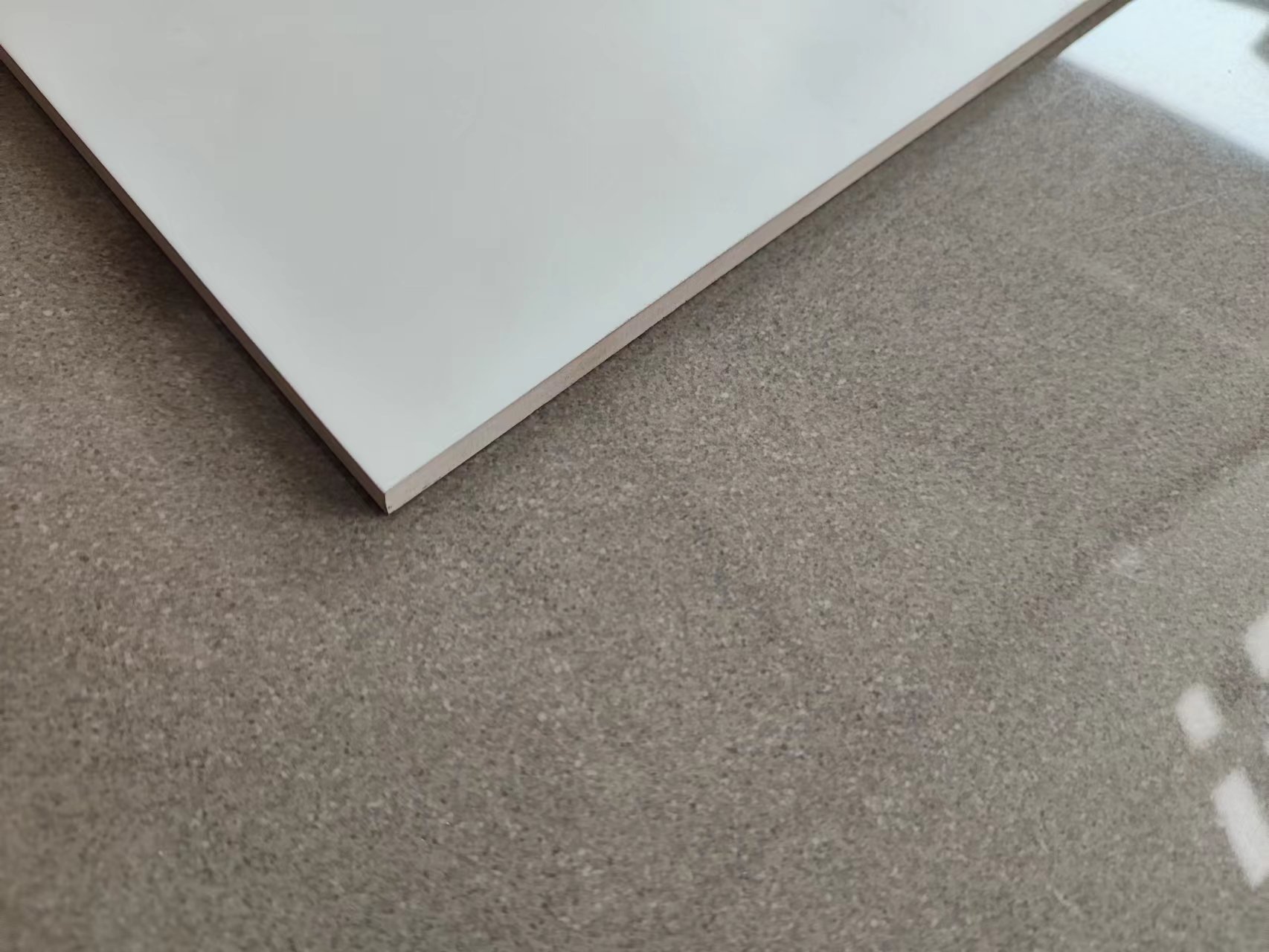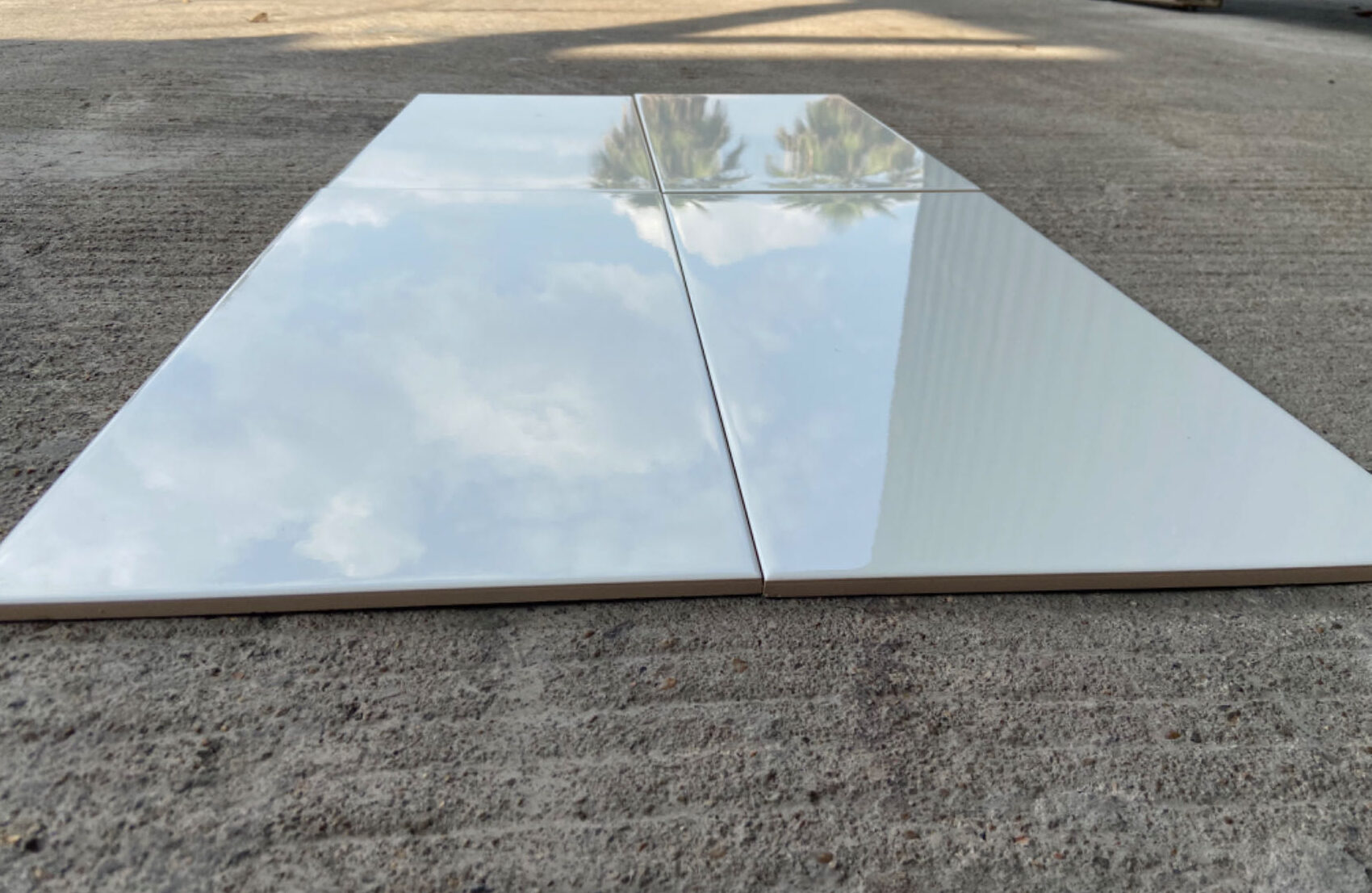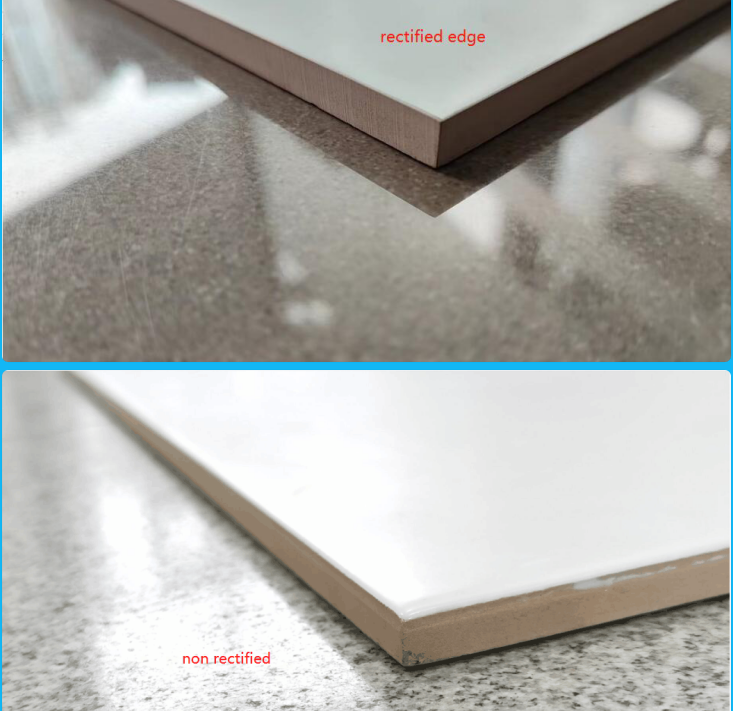When choosing tiles for your home, one technical yet crucial distinction is whether they are rectified or non-rectified. This affects their precision, installation, and final appearance. Let’s compare the two to help you make the best decision for your project.
What Are Rectified Tiles?
Rectified tiles undergo a post-firing machining process where their edges are precisely cut to achieve near-perfect uniformity in size and shape. This allows for very thin grout lines (as little as 1-2mm), creating a seamless, modern look.

Strong point of Rectified Tiles:
Precision Fit – Perfectly straight edges ensure tight, even spacing.
Minimal Grout Lines – Ideal for a sleek, contemporary aesthetic.
Better for Large Formats – Reduces lippage (uneven tile edges) in big tiles.
Consistent Appearance – Great for geometric patterns or grid layouts.
Weak point of Rectified Tiles:
More Expensive – Additional manufacturing steps increase cost.
Harder to Install – Requires expert-level skill for proper alignment.
Less Forgiving – Any substrate imperfections will be noticeable.
Best for: Modern interiors, large-format tiles, commercial spaces, and projects where a seamless look is desired.
What Are Non-Rectified Tiles?
Non-rectified tiles (also called “pressed edge” tiles) are not mechanically trimmed after firing, so they may have slight size variations and rounded edges. These tiles typically require wider grout lines (3-5mm) to accommodate inconsistencies.

Pros of Non-Rectified Tiles:
More Affordable – No extra machining keeps costs lower.
Easier to Install – More forgiving with minor substrate flaws.
Softer, Warmer Look – Rounded edges create a more traditional feel.
Better for Textured Finishes – Works well with rustic or handmade styles.
Cons of Non-Rectified Tiles:
Visible Grout Lines – Wider spacing can make patterns less seamless.
Less Precision – Slight size differences may affect alignment.
Not Ideal for Large Tiles – Higher risk of lippage due to uneven edges.
Better for: Rustic, vintage, or Mediterranean-style designs, budget-friendly projects, and areas where slight imperfections add character.
Which Should You Choose?
Modern, Seamless Look → Rectified Tiles (best for floors, large walls, and high-end designs).
Traditional, Handcrafted Feel → Non-Rectified Tiles (great for backsplashes, feature walls, and rustic spaces).

Have you used rectified or non-rectified tiles in your home? Share your experience with us!
#TileDesign #HomeRenovation #FlooringIdeas #InteriorDesign #RectifiedTiles
